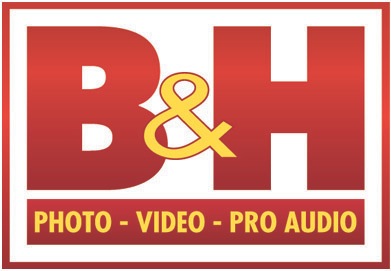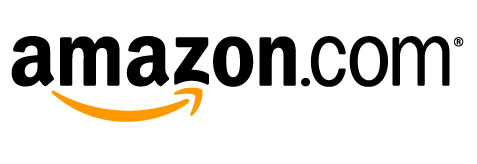Here is my attempt at tackling a difficult question. What is the best large sensor camera/DSLR for video?
Updated August 31, 2015
“Which Camera Should I Buy?”
I can’t tell you how many times I’ve been asked this question. What’s more is I can’t just send them a link to one camera. There are so many things to be considered when looking at a DSLR for video. Especially here in 2013 with all the options available to us!
I’m going to do my best to break down this question and give people as tailored an answer as I can. To do this, I am going to break my answer into 3 sections…
- Questions You Need To Ask Yourself Before Buying A DSLR For Video.
- Understanding Sensors, Features And Functions.
- Recommendations, Where To Buy And Conclusion.
1. Questions You Need To Ask Before Buying A DSLR For Video
With all the cameras and info out there it can be a very confusing and daunting task to figure out which camera is right for you. I can not give a blanket answer to this… There are a few questions you have to ask yourself to narrow down the options.
Do You Even Need To Use A DSLR For Video?
With all the cameras and info out there it can be a very confusing and daunting task to figure out which camera is right for you. I cannot give a blanket answer to this… There are a few questions you have to ask yourself to narrow down the options.
You have to be ready for the following if you are going to get into DSLR video.
- Manual focus – Yes, there is auto, but it is rubbish.
- Camera Support – This isn’t a SteadyShot camcorder land anymore…
- Lenses and gear – Out of the box your camera won’t be ready to rock and roll. Be prepared to spend more money on gear.
- Pain and suffering – Moiré, rolling shutter camera record limits, no ND and more will haunt you as a shooter. Be prepared to fight these problems until cameras improve and new features/fixes are introduced.
How Are You Going To Use Your Camera?
Will you be shooting stills and video or just video? Is your filming indoors or outdoors? Do you film day in and day out? Or are you more of a hobbyist? Do you film long for content or quick clips and b-roll? These are all important questions to know before you purchase a camera. For example, if you film a lot of commercial work you will probably be shooting interviews in small offices. In that kind of situation a full-frame camera is going to be very helpful to you and give you more field of view and shallow depth of field (more on that and sensors later).
How Much Can You Spend On Your Camera?
Are you a broke college student like I was when I got my first DSLR? Or a business owner ready to jump to a more serious camera? The main thing to keep in mind here is accessory cost… If you have $3500 to spend, you could buy a Canon 5D Mark III but you wouldn’t have funds for a lens, audio recorders and mics, a tripod and rigs. OR you could buy a Panasonic GH4 and have another $1800 in funds to spend OR take it a step further and get two Canon 60D bodies and you will have even more capital to work with.
Once you’ve answered these questions you will have a better idea of what you need. There is no one camera that is going to work perfectly for everyone.
2. Understanding Sensors, Features And Functions

Now that you have asked yourself some important questions about what you need and how you are going to use your camera, its time to look at some important differences between DSLRs for video.
Sensor Size
The sensor size of video DSLRs is one of the reasons they took off so quickly. Before DSLRs the largest sensor you would normally find in a video camera was a 1/2 inch sensor. Now we have several sensor sizes that are much larger available to us.
There are 4 basic elements that are affected by the sensor size. Being familiar with these things will help you decide which sensor size you need.
- Field of View (FOV)
- Lens options
- Depth of Field
- Light Sensitivity
- Price
Field Of View
In general, the following is true: Bigger sensor = More in your shot. There are 3 popular sensor sizes amongst video DSLRs. Full-frame, APS-C (very similar to super 35mm) and Micro Four Thirds (MFT or 4/3″). Lets say you lined up all 3 of these sensors and put the same lens on them. If you looked at each image, you would notice the smaller the sensor, the more zoomed or cropped the image looked. So in other words, the larger the sensor, the larger the field of view is. The example below is what the effective crop would be if you used a 28mm lens on each sensor:
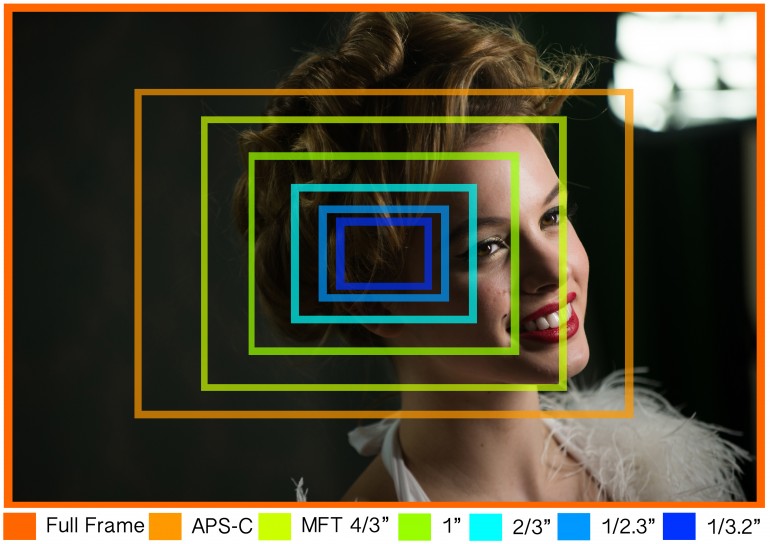
Image via gizmag
To help give you an idea of how much cropping there is on each sensor, I’ve put together a list. Full-frame is the base. So a 50mm on a full-frame is a 50mm because there is no crop.
- APS-C crop factor is 1.6 – So the equivalent FOV of a 50mm would be 80mm.
- MFT crop factor is 2.0 – So the equivalent FOV of a 50mm would be 100mm.
- Super 16mm crop factor is close to 3.0 – So the equivalent FOV of a 50mm would be 150mm.
The main takeaway is this; it is harder to get wide shots on smaller sensor cameras. So if you film in small offices a lot, a full-frame is going to be very helpful. But this goes BOTH WAYS. If you film outdoors and do a lot of long lens telephoto work, it is going to be a huge pain to get a long shot on a full-frame like the 5D Mark III. You would be better off using something like the 60D, which would give you a 1.6 crop factor to your lenses. So the popular focal length of 70-200mm would be a 112-320mm. Using a MFT sensor camera like the Panasonic GH4 would give you a 2.0 crop factor. Making a 70-200mm a 140-400mm.
All that said, you can still get wide on smaller sensors, but it requires lenses made for that sensor. So lets say you have a camera with a MFT sensor and you want to get the same FOV as a 24-70mm (normal range lens) on a full-frame camera. You could buy a Panasonic 12-35mm which has a MFT and will match the FOV of a full-frame camera with a 24-70mm.
Lens Options
Now that we understand FOV, we need to talk about lens options… In general, the smaller the sensor, the more lenses are available to you. This is due to that fact that the smaller sensors are easier to cover with glass, while the larger sensor requires a lot more glass. So you could put a lens made for a full-frame camera on a MFT because it would easily cover the smaller MFT camera’s sensor. But you could not put a MFT lens on a full-frame because the smaller lens would not cover the huge full-frame sensor. If you tried to do this, you would get an artifact called lens vignetting:
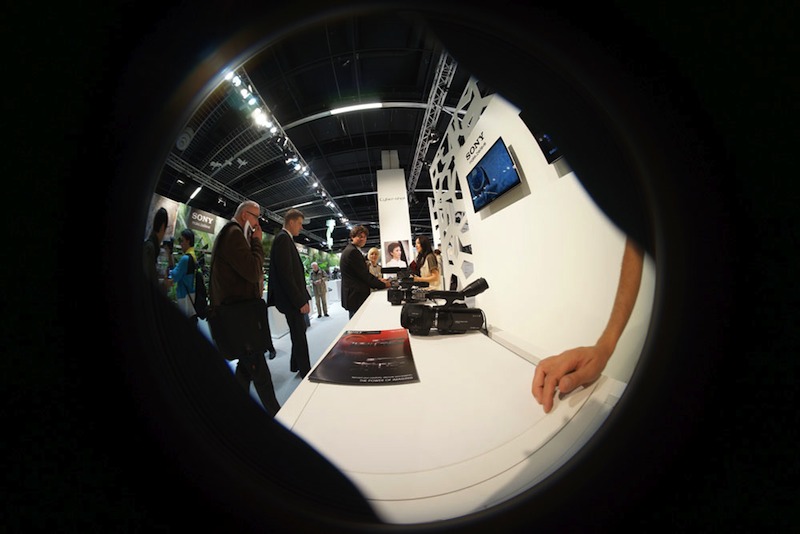
This is something to keep in mind when looking at a DSLR camera for video. There are a lot of fun lenses you can get on a GH4 that you could not use on a APS-C or full-frame sensor (without using magnifier adapters which soften the image a lot). For example, you could find a lot of great Canon FD lenses that will work great with a MFT camera that don’t really work well with the larger sensor Canons. Do keep in mind that if you buy lenses made for your small sensor camera, they won’t work with larger sensors if/when you upgrade.
Depth Of Field
Now that we have covered lenses, its time to chat about depth of field also know as DOF. If you don’t know what DOF is check out this fantastic video:
Now that we know what Depth of field is, lets talk about how our sensor size affects DOF. Remember how smaller sensor crops the image? Well, to get a wider shot we need to use wide lenses to counteract this effect. The problem is that the wider you go, the deeper your DOF goes (more of the shot is in focus). So if you wanted to film an interview in a small office and have some nice shallow DOF (giving you a blurred background) it would be very hard to achieve with a small sensor like a MFT or APS-C camera. This is where full-frame cameras shine.
So the larger the sensor, the easier it is to get shallow depth of field and get wide.
Light Sensitivity
In general with the larger sensors comes better light sensitivity. Check out this image comparing the 7D (an APS-C camera) and the 5D Mark III (a full-frame camera). This is something else to keep in mind if you shoot in low light environments like wedding receptions and such.
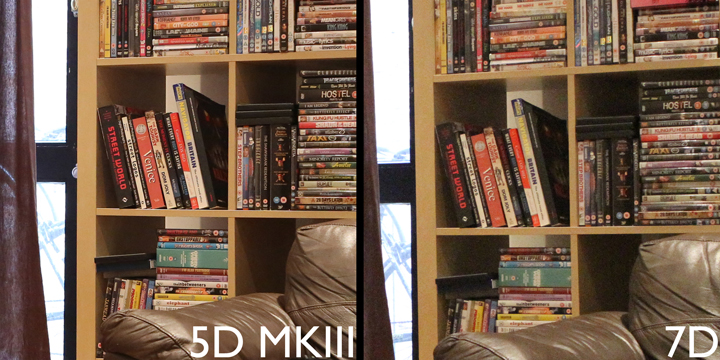
Price
Bigger is often pricier and sensors are no different. Not only are larger sensor cameras more expensive, but a lot of the lenses for those large sensors are also expensive. If you are on a shoestring budget, a camera like the GH3 with Canon FD lenses can be an affordable solution. If you are willing to deal with the crop factors we talked about earlier.
In general, I recommend APS-C cameras for most people. They can be had for a low price, and the crop factor isn’t too extreme. I’ve found that I don’t like using MFT cameras because they really require a special set of lenses, especially if you are going to film anything other than telephoto shots. If you can afford it, full-frame cameras are great… There is really nothing like them. The only reasons I wouldn’t recommend them is price (around $1900 for the base full-frame cameras), or if you need to do a lot of super telephoto stuff.
Other Camera Features And Functions
There are a lot of other DSLR video camera features and its good to cover them so you know what to look for in your camera. Here are a few that you should consider when buying your camera:
- 4K – Have big resolution plans? 4K is a pretty great options to have.
- Flip out screen – Without a flip out screen you will need a monitor for getting low shots.
- Clean HDMI out – Do you plan on recording to an external capture device like an Atomos?
- Slow Motion – Not all DSLRs have slow motion options in full 1080p so keep that in mind.
- Focus Assist – Helps you focus using a feature on your camera.
- Record length – Many video DSLRs have a limit to how much they can record at one time.
- Camera Image Stabilization – Currently Sony has the only camera with camera IS built in. This allows you to use a non-stabilized lens and still have image stabilization.
- Weather proofing – If you plan on filming in icy/wet/windy environments you will need a camera with weatherproofing.
- ISO Ranges – This is a big one… Another factor to keep in mind when picking a DSLR for video use is ISO range. Some of the cheaper cameras have a limited range. For example here are the ISO settings for the Canon Rebel T5i: 100, 200, 400, 800, 1600 etc. And here are the Canon 60D range: 100, 125, 160, 200, 250, 320, 400, 500, 640, 800, 1000, 1250, 1600.?There are more than double the settings on the 60D. This is huge for properly exposing your image. It is a real pain to have to switch from 200-400 without those intermediate ISO settings. And for the nerds out there, yes, you can use a hack called Magic Lantern and unlock those ISOs. But I prefer to leave my cameras un-modified and I found the menus to be slower and at the pace I shoot, that is unacceptable and too much of a hassle.
3. Recommendations and Where to Buy
Here is a list of my top recommendations for cameras. I’ve sorted these picks with the best cameras at the top.

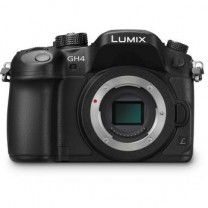 Panasonic GH4 $1,500
Panasonic GH4 $1,500
The GH4 is my favorite camera at the moment and I’ve left Canon completely to shoot with two of these amazing cameras. If you’re looking for an all in one camera, the option to shoot 4K, slow motion and tons of other features, this is a fantastic option. To learn more about this camera and it’s amazing features, check out my full GH4 review.
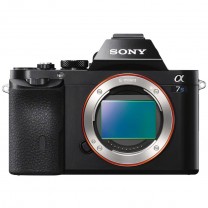 Sony A7s $2,500
Sony A7s $2,500
The A7s is shaping up to be an incredible camera. This camera is a full-frame, compact filmmaking machine that will be able to output 4K to an external Recorder. If you want 4K but don’t want to leave full-frame, this is a great option. Stay tuned for my full review of the Sony A7s.
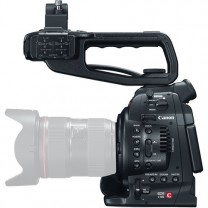 Canon C100 $2,999
Canon C100 $2,999
While this really isn’t a DSLR, the C100 is an amazing camera that gives shooters some features other cameras don’t have. If you need great low light performance, built in XLR audio, built in ND filters this is a solid camera to look at.
 Canon EOS-M $265
Canon EOS-M $265
This is a top pick because of the price. You get the same video sensor in a T3i for a fraction of the cost. If you’re just getting started and have a small budget, this camera is a killer option.
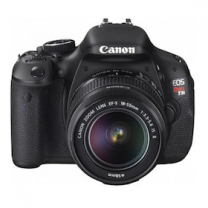 Canon Mid-Ranged DSLR $500-999
Canon Mid-Ranged DSLR $500-999
If you have more to spend than $300, but not enough for a GH4 or A7s, a Canon DSLR will get you that large sensor look without breaking the bank. At the bottom of the pile you’ve got cameras like the T3i which can be modified with the popular Magic Lantern to unlock some extra video features. Then at the top of the mid-range line, there is the 70D which is a decent all around video DSLR (watch my full review here).
Where To Buy
You can buy your cameras almost anywhere, but I personally buy all my gear from B&H Photo Video or Amazon. B&H has hands down, the best customer service and they often have the best prices and bundles online. Love those guys, but Amazon has fast shipping and isn’t closed like the B&H store is on some weekends. And if you are a prime member getting your gear in 2 days is more desirable.
I am an affiliate for both B&H and Amazon, because I think they are the best. If you purchase gear through the links in this article you will be kicking me a commission at no extra cost to you. So if you like the content you see on my site I’d greatly appreciate your help in funding future articles and videos.
Buying Used
Buying a used camera is definitely an option. I personally only purchase used gear if it is a pro level camera (7D, 5D etc.). Because I know they can handle long use and are built to last. I bought my 5D Mark II very used and it has been like a diesel Mercedes… It just keeps going and going. Whereas the Rebel line and other cheaper cameras aren’t nearly as tough. Whatever you do be sure to check the shutter count on any used cameras. This is essentially the mileage of the camera.
Conclusion
I’ve tried my best to break down this very complicated question. If you have read through this guide and still have questions feel free to contact me. If you like this or found it helpful please consider purchasing your gear from the links on my site. It is much appreciated.
Most importantly, enjoy your new camera and get out there and make something amazing!
